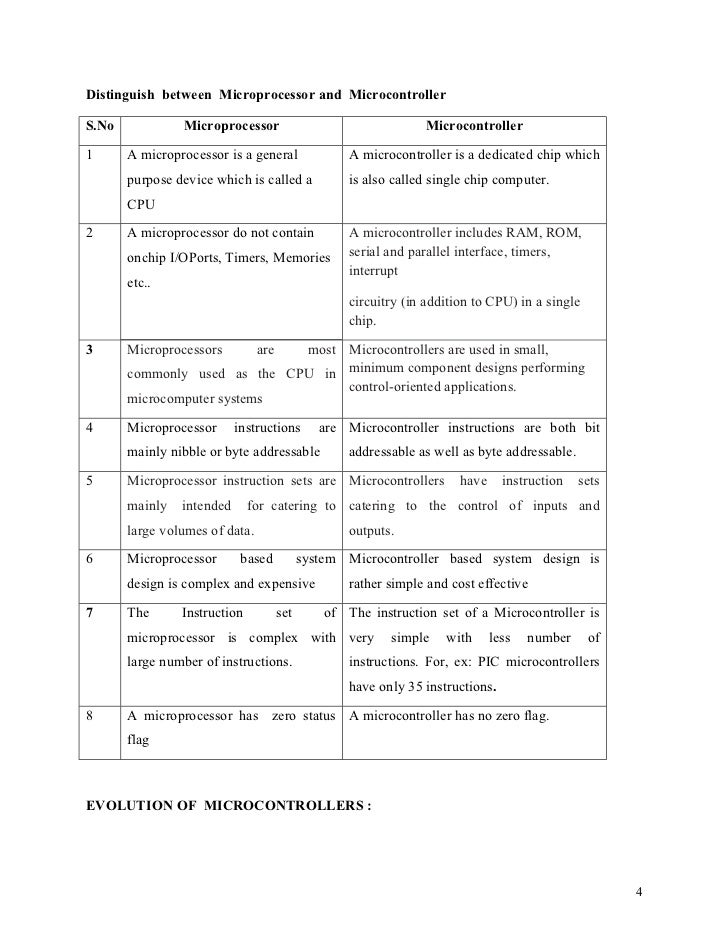Difference Between Serial And Random Access Memory

This development has started to blur the definition between traditional random-access memory and 'disks', dramatically reducing the difference.

Memory on a computer is comprised mainly of the hard drive. The hard drive is comprised of several magnetic discs spinning at high speed. The main advantage of hard drives is that the magnetic receptors hold the binary information even when power is cut and the disks stop moving. Random Access Memory or RAM is made up of millions of transistors built into microchips. A transistor is a minuscule switch that is triggered by electricity.
When the power is cut from the transistors, eventually they loose their charge and revert to their default orientation, therefore erasing any data stored within them. However, RAM is a lot faster and more efficient than data stored in hard drives.
So, when the computer first boots up all that time is spent transferring data from the hard discs to the RAM and vice versa when the computer is turning off. That is why it is so important to shut a computer off properly. During a hard shutdown, power is immediately cut from the system. Solaris 8 7 03 Download Youtube. Therefore any data in the RAM will be lost.
SanDisk states that the primary advantage of random access memory is that it allows any element within a memory structure to be accessed in approximately equal time. Sequential access memory requires that any memory access begins at the first element in the memory structure, meaning that elements near the end of the sequential memory structure require more time to access than elements near the beginning. The differences between DVDs and videotapes provide an intuitive example of this concept; while DVDs permit random access to any scene in a film on demand, it is not possible to view a later scene on a video tape without viewing or fast-forwarding through the preceding scenes. Sequential memory is more efficient than random access memory in some scenarios, however. As an example, SanDisk states that accessing data stored on a hard disk in a random access memory structure is less efficient than accessing the same data stored in a sequential access structure, as random access requires more time-intensive seek operations to locate the data.
Most Popular Articles
- Download Ucom Driver Camera
- Bcc Noise Reduction Download Itunes
- Download Bitstrips For Windows 8 Phone
- Download Rotor Gene 6000 Software Downloads
- 3d Plants Download
- Usb Key Generator
- Skylanders Swap Force Wii Iso Ntsc
- Veritas Storage Foundation Software Cleveland
- Bronica Etrsi Serial Numbers
- Windows 8 Pro 64 Bit Crack
- Videoget License Number Keygen Download
- Itne Hum Kareeb Download Songs
- Hiragino Maru Gothic Pro Fontineed
- Pink Dear Mr President Download Mp3
- Radiologic Dj 2012 Serial Season
- Driver Trio Stealth Pro Review